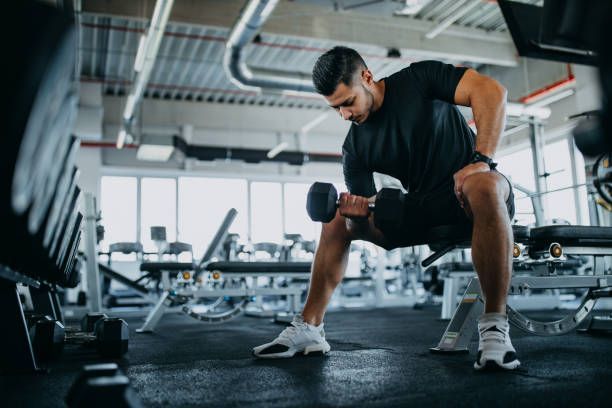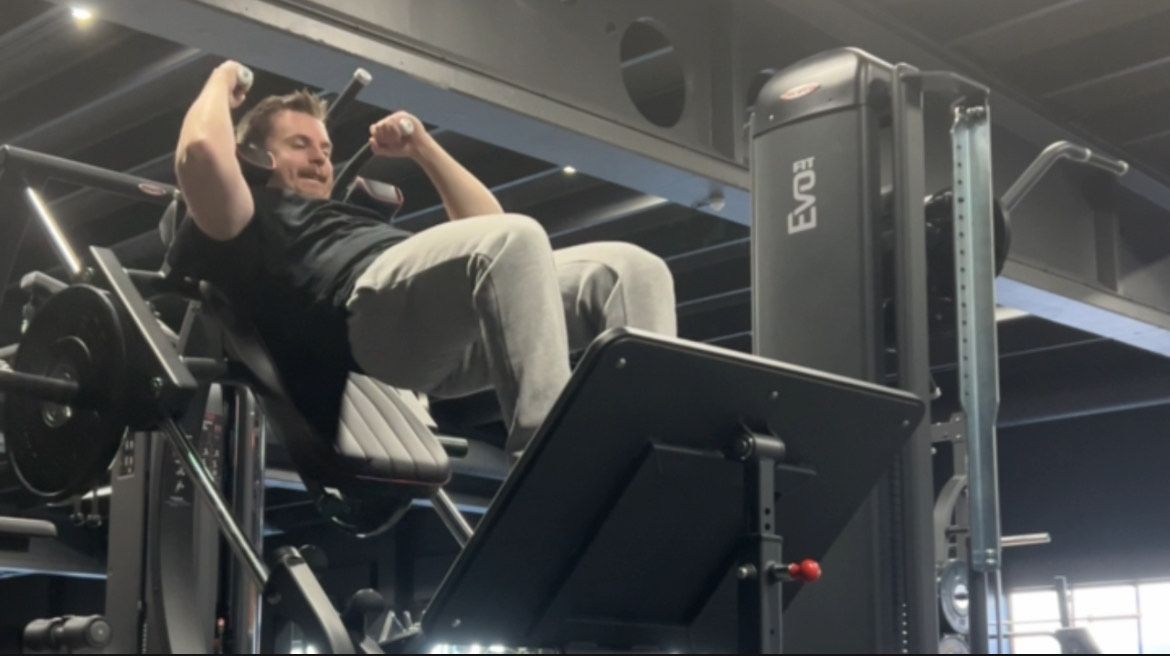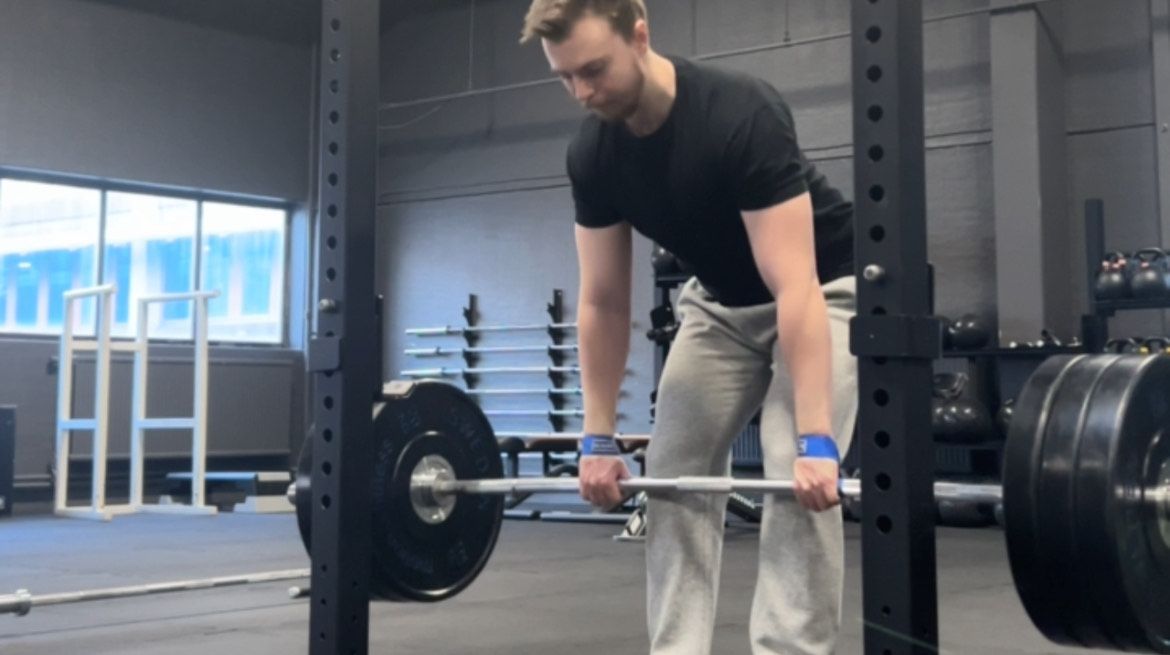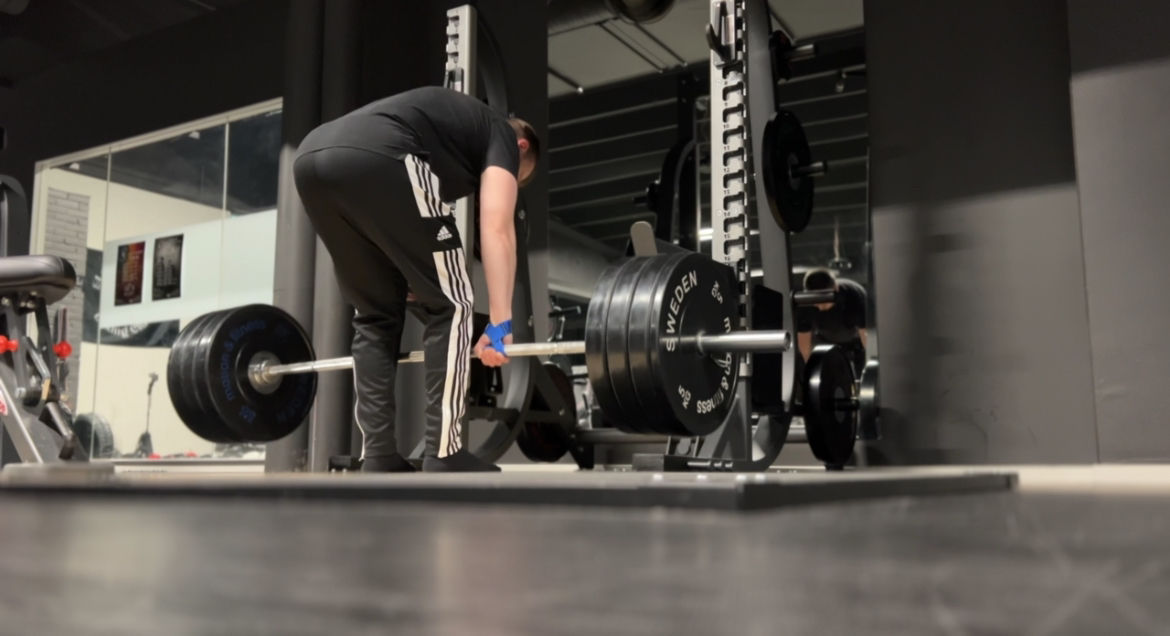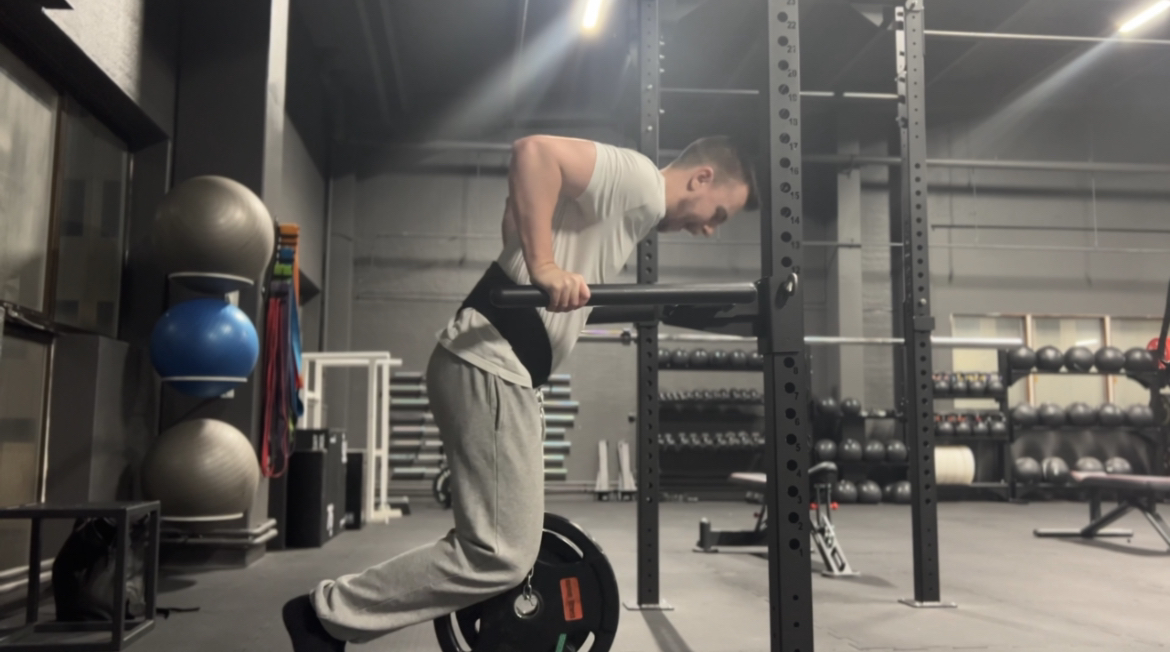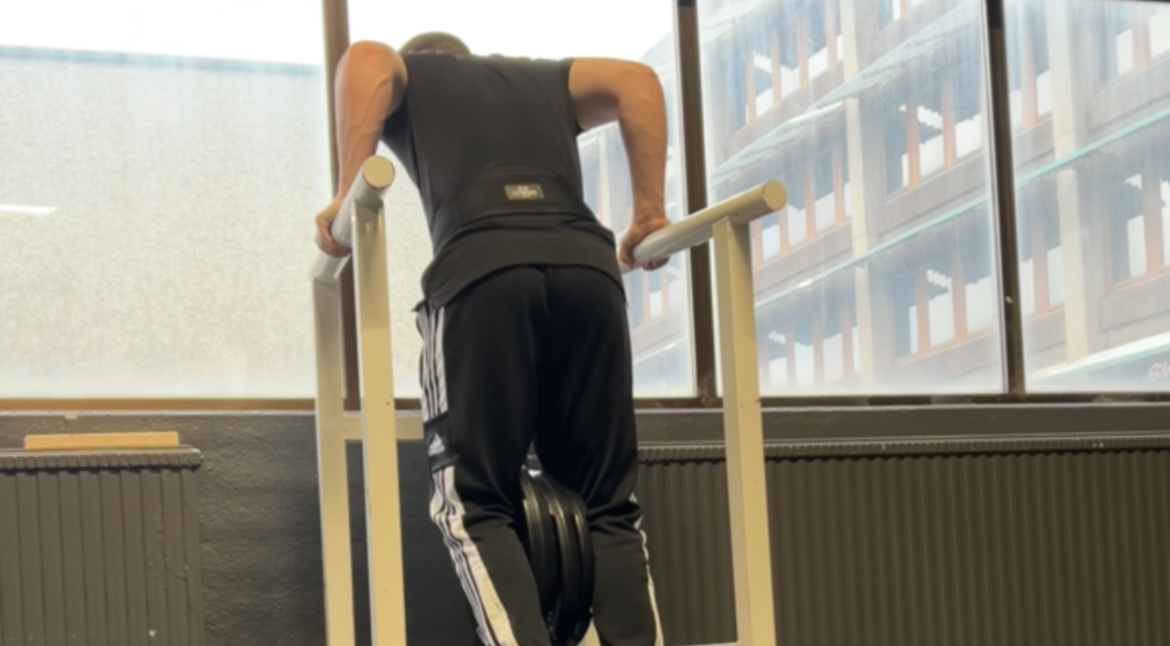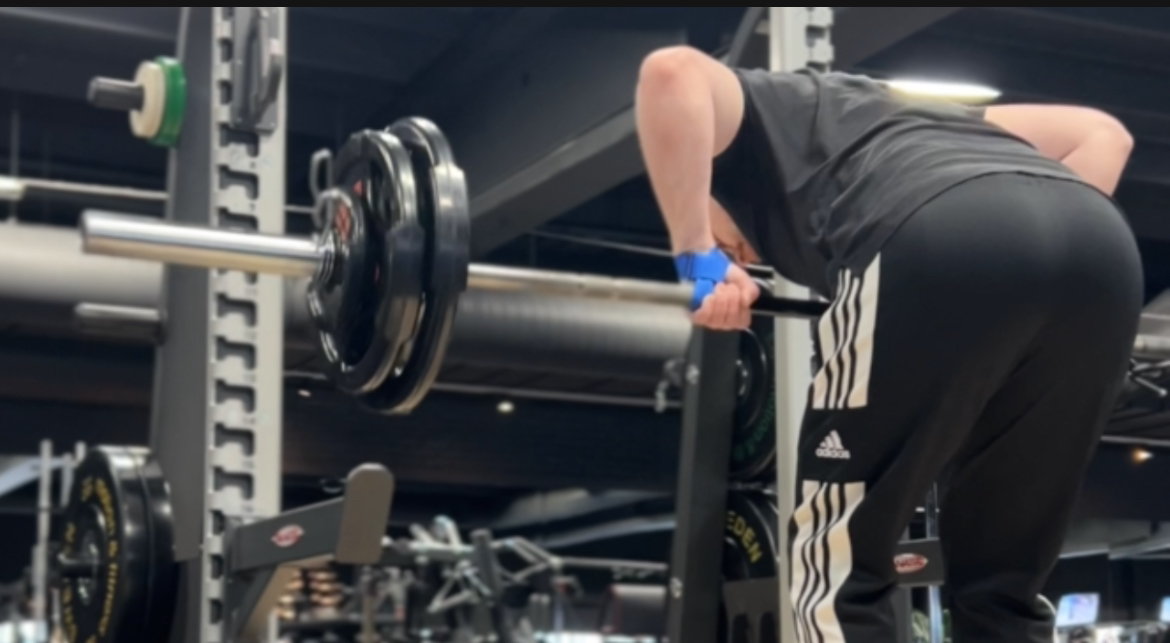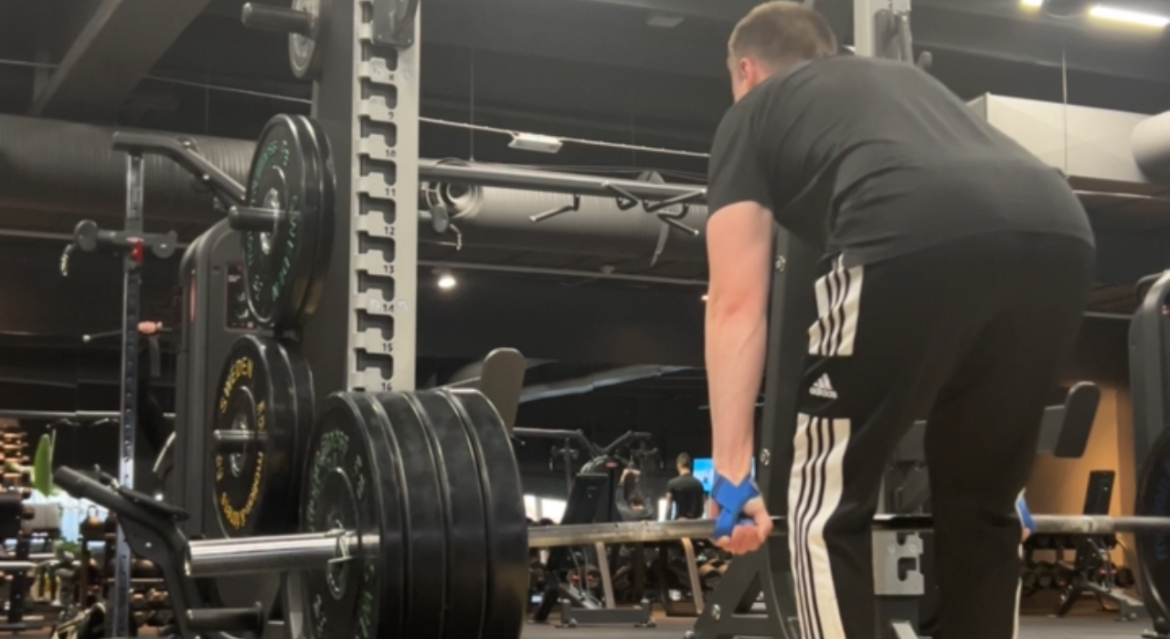High volume vs low volume training
What should you do?
n the world of fitness and bodybuilding, training volume – the total amount of work performed in a given workout or over a period – plays a crucial role in achieving specific goals. Training volume is typically measured in sets, reps, and the weight used. While both high volume and low volume training have their distinct benefits, they also come with downsides. The optimal choice depends on individual goals, fitness levels, and personal preferences. Here, we explore the benefits and downsides of both high volume and low volume training to help you determine which might be best for your needs.
High Volume Training
High volume training involves performing a large number of sets and reps with moderate weights. This approach emphasizes muscle endurance, hypertrophy (muscle growth), and overall caloric expenditure.
Benefits of High Volume Training
- Muscle Hypertrophy
- High volume training is particularly effective for muscle hypertrophy. By increasing the number of sets and reps, more muscle fibers are recruited and fatigued, leading to greater muscle growth. The extended time under tension (TUT) also contributes to muscle development.
- Increased Caloric Burn
- Performing more sets and reps leads to a higher overall caloric expenditure. This makes high volume training beneficial for those looking to lose weight or improve body composition, as it helps burn more calories both during and after the workout.
- Improved Muscular Endurance
- High volume training enhances muscular endurance by forcing muscles to sustain effort over longer periods. This can improve performance in endurance sports and everyday activities that require prolonged physical effort.
- Enhanced Metabolic Conditioning
- With shorter rest periods and higher repetitions, high volume training can improve metabolic conditioning. This means your body becomes more efficient at processing oxygen and nutrients, leading to better overall fitness and stamina.
- Variety and Reduced Boredom
- The varied nature of high volume workouts can keep training sessions interesting and reduce boredom. Mixing up exercises, sets, and reps can also prevent plateaus by continuously challenging the muscles in different ways.
Downsides of High Volume Training
- Increased Risk of Overtraining
- The high number of sets and reps can lead to overtraining if not managed properly. Overtraining can result in fatigue, decreased performance, and a higher risk of injury.
- Longer Workout Sessions
- High volume training often requires more time to complete, which can be a drawback for individuals with busy schedules. Longer sessions might also lead to reduced adherence to the workout plan over time.
- Potential for Muscle Soreness
- The increased workload can lead to more pronounced muscle soreness (DOMS - Delayed Onset Muscle Soreness), which might affect subsequent workouts and daily activities.
- Diminished Focus on Technique
- The emphasis on high volume might lead to compromised form and technique, especially towards the end of the workout when fatigue sets in. This can increase the risk of injury.
Low Volume Training
Low volume training involves fewer sets and reps, typically with heavier weights. This approach focuses on maximizing strength, power, and neuromuscular efficiency.
Benefits of Low Volume Training
- Maximal Strength Gains
- Low volume training is ideal for building maximal strength. By lifting heavier weights with fewer reps, the muscles adapt by increasing their force-generating capacity. This is particularly beneficial for athletes and individuals looking to enhance their overall strength.
- Increased Power and Explosiveness
- Training with heavier weights and lower reps improves neuromuscular efficiency and power. This means your muscles can generate force more quickly and efficiently, which is crucial for explosive movements in sports and daily activities.
- Better Focus on Form and Technique
- With fewer sets and reps, there is more opportunity to concentrate on proper form and technique. This can reduce the risk of injury and ensure that each repetition is performed with maximum effectiveness.
- Time Efficiency
- Low volume training sessions are typically shorter, making them more time-efficient. This is beneficial for individuals with busy schedules who still want to achieve significant strength gains without spending extended periods in the gym.
- Reduced Risk of Overtraining
- Because low volume training involves fewer sets and reps, there is a lower risk of overtraining. This allows for adequate recovery, which is essential for muscle growth and overall performance improvement.
Downsides of Low Volume Training
- Limited Muscle Hypertrophy
- While low volume training is excellent for building strength, it may not be as effective for muscle hypertrophy compared to high volume training. The reduced time under tension might lead to slower muscle growth.
- Lower Caloric Expenditure
- Fewer sets and reps mean lower overall caloric burn, which might not be ideal for those looking to lose weight or improve body composition.
- Potential for Plateaus
- Low volume training can lead to strength plateaus if not periodically adjusted. Without varying the workout routine, the muscles may adapt, resulting in diminished returns.
- Less Cardiovascular Benefit
- With longer rest periods and fewer reps, low volume training provides less cardiovascular conditioning compared to high volume training. This might be a drawback for individuals looking to improve their cardiovascular fitness.
Conclusion
Both high volume and low volume training offer unique benefits and come with their own set of downsides. High volume training is excellent for muscle hypertrophy, endurance, and caloric burn, making it suitable for those focused on body composition and overall fitness. However, it can lead to overtraining, longer workouts, and increased muscle soreness. On the other hand, low volume training excels in building maximal strength, power, and neuromuscular efficiency, making it ideal for athletes and those aiming to increase their strength. Yet, it might result in limited muscle hypertrophy, lower caloric expenditure, and potential strength plateaus.
Ultimately, the best approach may involve incorporating elements of both high volume and low volume training into your routine. This can provide a balanced and comprehensive fitness program that addresses multiple aspects of physical development. Whether you prioritize muscle growth, strength, or overall fitness, understanding the benefits and downsides of each training style can help you tailor your workouts to meet your specific needs and goals.

